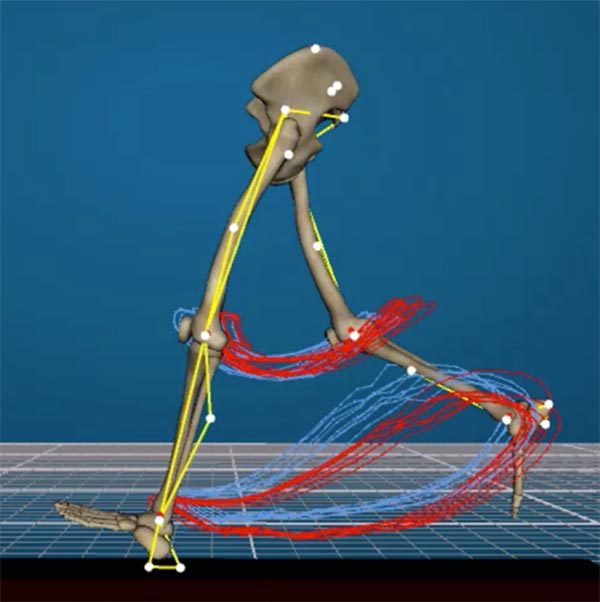Out of nowhere you get that achy tightness and those early warning signs that cramping in your legs is imminent. Or your legs are like Jello and you feel like you’ve lost your spring. “Did I push to hard on the bike? Did I not get enough electrolytes? Did I not do enough squats in the off season…?”
Maybe all three are the case, and of course everybody is different. However, one thing is consistent: Proper running form leads to better biomechanics, which translates to faster running and improved endurance on the run leg of the race. Running off the bike is very different from running fresh! It’s not easy, and it takes practice. The best triathletes make it look seamless. What’s the secret? Good running form.
Better form = less work: The easier you can make the run, the better you are going to feel and the better you will perform. Optimal cadence, good landing mechanics, and stable hips, feet and ankles, will allow you to make the best of your energy reserves. Faulty movement patterns can actually “leak” energy and reduce your running economy! Maintaining proper form will allow you to reduce wasted movement, utilize momentum, and run as efficiently as possible.
Better form = Better distribution of effort: Use those glutes and hammies!! Cycling is a quad dominant discipline, no matter how well set up your bike is. Many triathletes will also run with a quad dominant style because of the volume of time spent training on the bike. They are accustomed to using their quads, and their quads are usually strong. Quad dominant running, however, is inefficient and will lead to early fatigue or worse, injury. Not to mention, these are the same muscles you just used for 15 to 112 miles of cycling, depending on your race distance. They are tired!
To maintain an efficient off-the-bike stride, you want to use the hamstrings and glutes to push you forward, as opposed to letting your already fatigued quads and hip flexors pull your leg through. Effectively using the glutes and hamstrings produces a more powerful stride. It also shares the load across multiple muscle groups, which delays fatigue and allows you to run faster for longer.
The glutes also help to maintain an upright posture. Underutilized glutes can cause a forward lean at the hips OR a sitting back position, both of which lead to an inefficient stride. Which leads to the next point…
Better form = Better Posture: Running off the bike when you are fatigued can greatly affect your posture. On the bike, you are in a flexed position. At the start of the run, athletes often maintain that flexed position by leaning forward at the hips and slouching, or sitting back and overstriding. This is not efficient! When you run, it is important to get out of that flexed position, stand tall, and extend at the hips. Maintaining good posture and alignment, even when tired, allows you to breathe more efficiently and maximize oxygen intake, which contributes to better endurance throughout the run.
How do you better your running form?
First you have to figure out what needs improvement. A running gait analysis will help you learn what you are doing right and what you need to work on. It will also reveal strength, stability or mobility imbalances that might be holding you back. Then you need to practice, practice, practice!
High Road Physical Therapy uses RunDNA 3D motion capture technology to identify each runner’s unique movement patterns, in order to understand injury potential and factors that may be compromising performance. From the analysis, we can recommend exercises and run drills that, through repetition and practice, will help optimize running form and make running after cycling a lot easier.

You can do as many bricks as possible, maintain a high RPM on the bike, and sharpen with speed workouts, but the only way to ensure a strong run off the bike as the miles set in, is with proper form. Don’t keep slogging your runs off the bike! Set up for success by optimizing your stride and getting the most out of your legs. If you have 6 cylinders in your car, why would you only want to fire 2?